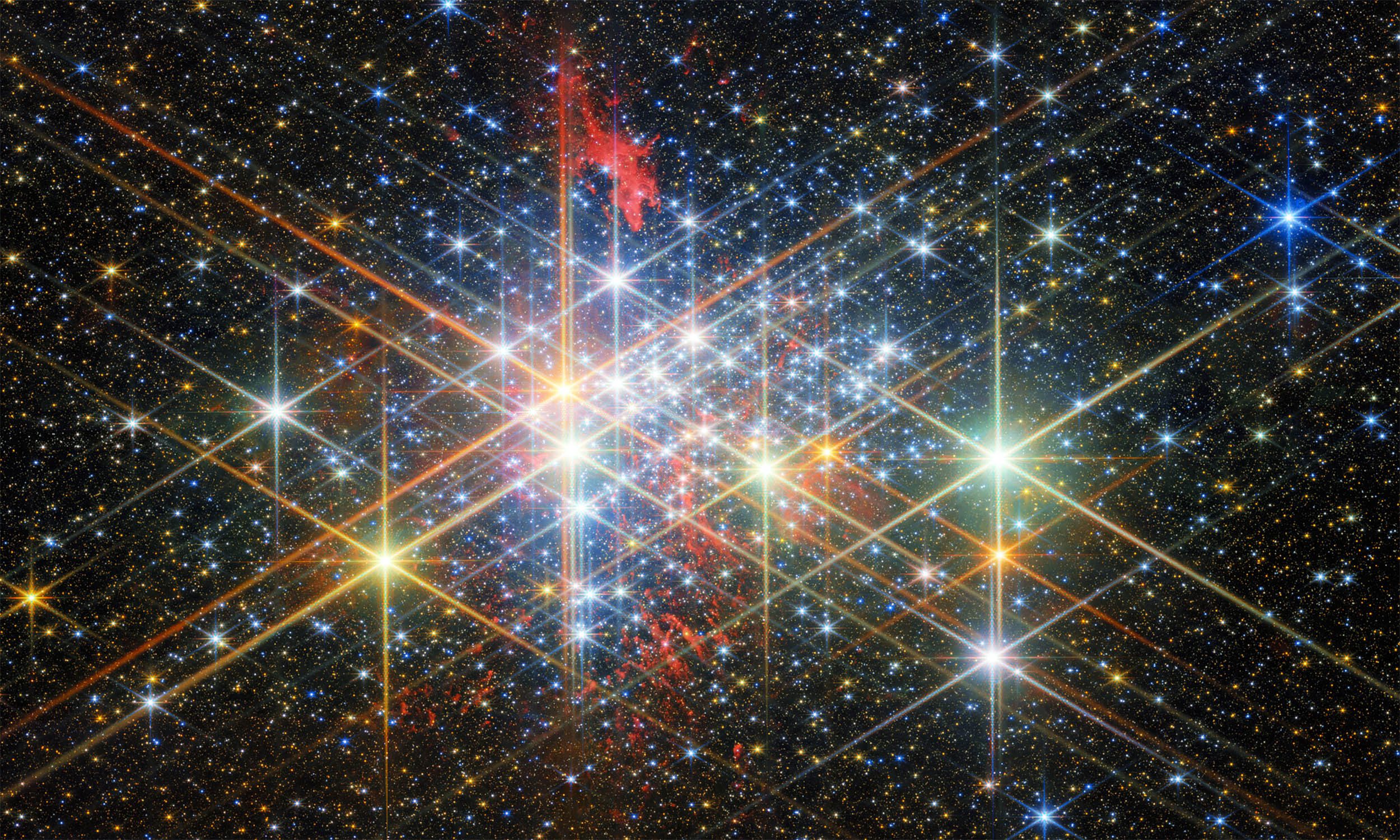
The Universe is home to various significant formations that enhance our comprehension of how stars and galaxies cluster. For years, astronomers have meticulously examined these extensive patterns, which provide critical insights into the distribution of matter—from dense aggregations to sparse regions.
These cosmic structures are pivotal in shaping the narrative of cosmic evolution, informing contemporary theories about the expansion of the universe.
In a groundbreaking announcement, a team of researchers has uncovered an enormous collection of galaxy clusters that far surpasses previously recorded formations.
This research brings new understanding, revealing that even our cosmic neighborhood holds unexpected surprises regarding the distribution of matter across staggering distances.
Distribution of Galaxy Clusters
Hans Böhringer of the Max Planck Institute for Extraterrestrial Physics (MPE) led this collaborative research with colleagues at the Max Planck Institute for Physics (MPP) alongside teams in Spain and South Africa.
Their investigation utilized data from the ROSAT X-ray satellite, which identifies galaxy clusters by measuring the high-energy radiation they emit.
This information enabled the scientists to create a three-dimensional visualization of our cosmic environment.
“When examining the distribution of galaxy clusters within a spherical shell ranging from 416 to 826 million light-years, a remarkable structure becomes visible, extending from the northern regions to nearly the southern hemisphere,” states Böhringer.
By charting the spatial positioning of each cluster, the team uncovered intricate patterns of how matter is dispersed in the cosmos.
Introducing the Quipu Superstructure
This significant discovery has been named “Quipu,” inspired by the Inca civilization’s method of record-keeping using knotted strings.
The Quipu superstructure appears as a primary strand with several smaller threads diverging, comprising 68 galaxy clusters that have a total mass equivalent to approximately 2.4 × 10^17 solar masses.
Spanning about 1.4 billion light-years, Quipu stands as the largest accurately measured superstructure, eclipsing the previously recognized Sloan Great Wall, which measures 1.1 billion light-years.
“This remarkable finding sets a new record for the size of cosmic structures that have been reliably measured,” the researchers point out, comparing their discovery to other known formations.
“The length of the Quipu superstructure slightly exceeds that of the Sloan Great Wall,” remarks J. Richard Gott III from Princeton University, a contributor to the Sloan Great Wall discovery. “Their achievement is commendable.”
The name also acknowledges its connection to Chile, where numerous distance measurements were conducted, and where historic quipus can be viewed in Santiago.
Exploring Quipu and the Cosmological Principle
Over vast expanses, matter is generally believed to be evenly distributed. However, when observed at scales approaching a billion light-years, it tends to concentrate into superclusters, leaving behind significant voids.
This distribution balance is key to the cosmological principle, which posits that the universe should appear uniform if observed from a sufficiently distant vantage point.
Some scholars propose that these large formations challenge the validity of that principle, stemming from past findings that sparked debate.

“Observations made in a limited area of the universe can lead to incorrect interpretations,” adds Böhringer.
The ambiguity in defining the cosmological principle also complicates matters. “There isn’t a universally accepted definition of the cosmological principle among cosmologists,” remarks Alexia Lopez from the University of Central Lancashire in the UK.
Moreover, Seshadri Nadathur at the University of Portsmouth points out that “some galaxies might drift apart rather than clumping together, suggesting it may not be a cohesive structure according to certain interpretations.”
Implications of Cosmic Measurements
The confirmation of Quipu highlights how immense formations can impact calculations related to cosmic expansion rates and the characteristics of the primordial radiation leftover from the universe’s infancy.
Astronomers closely monitor structures like superclusters, as they can distort light paths and affect the determination of critical parameters, including the Hubble constant.
Even slight discrepancies in these measurements can accumulate, complicating efforts for accuracy in cutting-edge cosmological studies.
“Minor adjustments, even as little as a few percent, become crucial as the precision of cosmological observations improves,” stresses Gayoung Chon from the Max Planck Institute for Physics.
This cosmic structure serves as a reminder of the numerous patterns that the universe presents on various scales, influencing how we analyze data regarding the universe’s origins and shaping the evolution of galaxies both close to and far from us.
Quipu and Its Historical Significance
The ancient Incas adeptly managed extensive territories using quipus, a system of knotted strings utilized to track resources and vital information.
Each unique knot configuration functioned as a coded representation, conveying crucial information without the need for written language.
The term Quipu reflects this concept of intertwined threads, embodying humanity’s enduring quest for knowledge, from rudimentary knot systems to sophisticated telescopes that map the distribution of galaxies throughout the cosmos.
Future Prospects
This remarkable discovery emphasizes the potential for ongoing surveys to reveal further cosmic structures.
Scientists are eager to investigate whether similar formations exist in previously uncharted areas of the sky, potentially corroborating established theories or exposing new uncertainties in our understanding.
Upcoming maps will leverage advanced technology to obtain clearer data from remote cosmic regions.
These initiatives exemplify humanity’s inherent desire to comprehend our place in the universe, seeking patterns that connect everything from the smallest particles to the grandest assemblies of galaxies.
—–
Featured image: The open cluster Westerlund 1 is located about 12,000 light-years away in the southern constellation Ara (the Altar), obscured by a vast interstellar cloud of gas and dust. Credit: ESA
The complete study has been published in the journal Astronomy and Astrophysics.
—–
Interested in more content? Subscribe to our newsletter for exciting articles, exclusive insights, and the latest updates.
Explore more on EarthSnap, a free app developed by Eric Ralls and Earth.com.
—–











